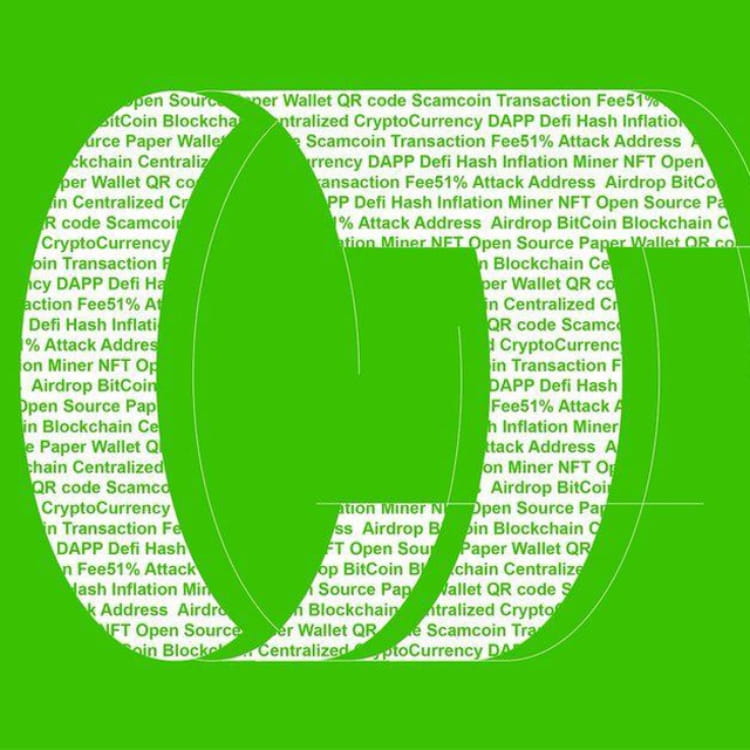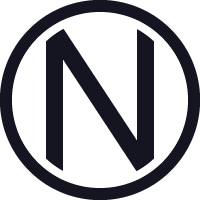Data Ownership Protocol (DOP) Under Scrutiny: What Investors Need to Know
Data Ownership Protocol (DOP) currently trades at approximately $0.0002951, showing a modest 1.70% increase over the past 24 hours. With a market capitalization of $2.57 million and daily trading volume of $1.53 million, the token maintains a surprisingly high volume-to-market cap ratio of nearly 60%. This unusually high trading activity relative to market size often triggers scrutiny among experienced cryptocurrency analysts as it may indicate potential market manipulation tactics.
DOP/USD price in the past day - coinmarketcap
The project reports a circulating supply of 8.73 billion DOP from a total supply of 23.34 billion tokens. The fully diluted valuation stands at $6.92 million. While these figures appear transparent, they warrant closer examination when viewed alongside other concerning aspects of the project.
Data Ownership Protocol markets itself as a revolutionary solution for data sovereignty in the blockchain space . However, investigation into its technical documentation reveals significant discrepancies between promises and implementation. The whitepaper contains vague explanations of its technological framework with limited technical specifications or peer review.
Moreover, the project's whitepaper added in their website header does not even open and shows an error. This lack of technical progress contradicts the ambitious roadmap presented on their official channels. Industry experts point out that the fundamental technology needed to deliver on DOP's promises would require significantly more robust development efforts than currently evidenced.
Also, ever since their last apology, they did not do anything significant to address the concerns of the community.
One particularly noteworthy metric is DOP's reported 111,340 holders. For a project with relatively low market capitalization, this number appears suspiciously high. Typical projects in this market cap range ($2-3 million) generally maintain holder counts in the low thousands. Analysis of on-chain data suggests potential wallet fragmentation, a technique sometimes employed to create an illusion of widespread adoption.
Blockchain analysis reveals that a significant percentage of these wallets hold minimal amounts of tokens, with a concerning concentration of holdings among a small number of addresses. This distribution pattern deviates from healthy adoption curves seen in legitimate cryptocurrency projects.
Cryptocurrency investors should approach DOP with heightened caution and conduct thorough due diligence. Before considering investment in Data Ownership Protocol or similar projects, experts recommend:
The cryptocurrency space continues to attract both innovative projects and questionable schemes. Distinguishing between legitimate innovation and potential scams remains critical for investor protection in this rapidly evolving market.
Regulatory bodies worldwide have increased scrutiny of cryptocurrency projects making ambitious claims without substantial technical foundations. While DOP has not been formally classified as fraudulent by any major regulatory authority, it displays several characteristics that often trigger investigative interest.
Industry self-regulation groups like the Blockchain Transparency Institute and CryptoSafety Alliance have developed frameworks to evaluate project legitimacy. When measured against these standards, Data Ownership Protocol demonstrates multiple warning signs that merit investor caution.
Data Ownership Protocol (DOP) currently trades at approximately $0.0002951, showing a modest 1.70% increase over the past 24 hours. With a market capitalization of $2.57 million and daily trading volume of $1.53 million, the token maintains a surprisingly high volume-to-market cap ratio of nearly 60%. This unusually high trading activity relative to market size often triggers scrutiny among experienced cryptocurrency analysts as it may indicate potential market manipulation tactics.
DOP/USD price in the past day - coinmarketcap
The project reports a circulating supply of 8.73 billion DOP from a total supply of 23.34 billion tokens. The fully diluted valuation stands at $6.92 million. While these figures appear transparent, they warrant closer examination when viewed alongside other concerning aspects of the project.
Data Ownership Protocol markets itself as a revolutionary solution for data sovereignty in the blockchain space . However, investigation into its technical documentation reveals significant discrepancies between promises and implementation. The whitepaper contains vague explanations of its technological framework with limited technical specifications or peer review.
Moreover, the project's whitepaper added in their website header does not even open and shows an error. This lack of technical progress contradicts the ambitious roadmap presented on their official channels. Industry experts point out that the fundamental technology needed to deliver on DOP's promises would require significantly more robust development efforts than currently evidenced.
Also, ever since their last apology, they did not do anything significant to address the concerns of the community.
One particularly noteworthy metric is DOP's reported 111,340 holders. For a project with relatively low market capitalization, this number appears suspiciously high. Typical projects in this market cap range ($2-3 million) generally maintain holder counts in the low thousands. Analysis of on-chain data suggests potential wallet fragmentation, a technique sometimes employed to create an illusion of widespread adoption.
Blockchain analysis reveals that a significant percentage of these wallets hold minimal amounts of tokens, with a concerning concentration of holdings among a small number of addresses. This distribution pattern deviates from healthy adoption curves seen in legitimate cryptocurrency projects.
Cryptocurrency investors should approach DOP with heightened caution and conduct thorough due diligence. Before considering investment in Data Ownership Protocol or similar projects, experts recommend:
The cryptocurrency space continues to attract both innovative projects and questionable schemes. Distinguishing between legitimate innovation and potential scams remains critical for investor protection in this rapidly evolving market.
Regulatory bodies worldwide have increased scrutiny of cryptocurrency projects making ambitious claims without substantial technical foundations. While DOP has not been formally classified as fraudulent by any major regulatory authority, it displays several characteristics that often trigger investigative interest.
Industry self-regulation groups like the Blockchain Transparency Institute and CryptoSafety Alliance have developed frameworks to evaluate project legitimacy. When measured against these standards, Data Ownership Protocol demonstrates multiple warning signs that merit investor caution.
Coinbase stock target cut after weak Q1 performance, Deribit deal praised: analyst
Coinbase expanded its global footprint in the crypto derivatives market with the acquisition of Deribit but the company’s Q1 report prompted a Wall Street analyst to revise his target lower.
In a note to clients on Friday, H.C. Wainwright analyst Mike Colonnese provided a detailed breakdown of Coinbase’s acquisition, earnings performance, and updated his outlook on the stock’s valuation.
In the largest crypto M&A deal to date, Coinbase announced plans to acquire Deribit for $2.9 billion, consisting of $700 million in cash and 11 million shares of Coinbase stock. Deribit is the world’s largest crypto options exchange with a 75% market share and over $30 billion in open interest.
Analyst Mike Colonnese sees the deal as a strong strategic fit, immediately making Coinbase the leading global crypto derivatives platform, while accelerating its international expansion and boosting cross-sell potential with spot and futures trading. Deribit is expected to be accretive to profitability, given its consistent positive EBITDA track record.
Coinbase reported Q1 revenue of $2.03 billion, slightly below expectations, with trading volumes falling 10% quarter-over-quarter to $393 billion. Retail volumes dropped 17%, while institutional volumes declined 9%. Transaction revenue came in at $1.26 billion, down 19% sequentially and short of consensus.
Despite weaker transaction revenue, subscription and services revenue hit a record $698.1 million, up 9% quarter-over-quarter, driven by strong growth in USDC holdings and Coinbase One subscriptions. Adjusted EBITDA was $929.9 million (47.4% margin), below Q4’s $1.29 billion, while adjusted EPS was $1.94, in line with consensus.
Despite what the analyst describes as a “monumental” Deribit acquisition, Colonnese revised his 2025 and 2026 revenue estimates downward to $7.4 billion and $9.5 billion, respectively, citing weaker-than-expected transaction volumes. He also lowered his adjusted EPS forecasts to $5.92 and $12.11, with a price target lowered to $305 from $350. Still, the analyst remains optimistic about Coinbase’s long-term outlook, particularly as the regulatory environment evolves.
“We believe greater regulatory clarity for crypto in the U.S., specifically as it relates to formal stablecoin and market structure legislation, which we could see this year, will prove to be a major tailwind for Coinbase, and will drive an acceleration of institutional participation into the space,” Colonnese wrote.
In addition, more than 200 firms including BlackRock and PayPal already rely on Coinbase’s infrastructure and more tarditional finance institutions will find it beneficial “to seek out” Coinbase’s products and services rather than build their own.
As such, “the stars are aligning for an extended bull market for crypto over the next 12 to 18 months,” the analyst wrote.



 最低價
最低價 最高價
最高價 











































